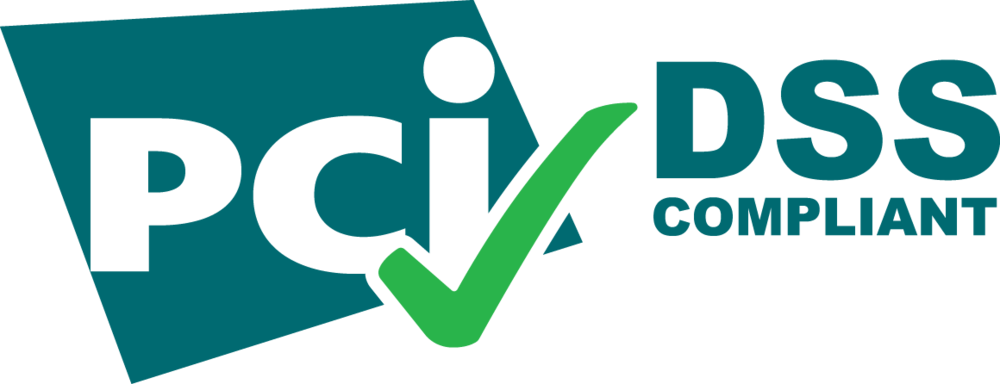What is MOTO?
To put simply, MOTO stands for Mail Order Telephone Order. This is where payments are taken from a customer where the card nor the customer themselves are present. An example of where a MOTO payment would be taken is a customer calling up a supplier to provide card details over the phone to pay for a product or service.
How are MOTO payments taken?
There are two main ways to take MOTO payments. One is via a PDQ terminal, where the person taking the payment would key in the card details into the PDQ terminal as the customer relays them on the call.
Another way is via a Virtual Terminal. This is a browser based web form that allows the person taking the payment to enter the card details into the form and process the payment in real time. Most Payment Gateway providers offer a Virtual terminal service as part of their service, so as well as being able to take MOTO payments, you can also utilise the Payment Gateway account to handle online payments via your website.
Are MOTO payments secure?
The method of card entry itself is usually secure, whether this be via a PDQ terminal or a Virtual Terminal. However, it’s important to consider the method by which card details are relayed, which is via telephone. You may need to consider ensuring that your phone lines are secure and aren’t at risked of being ‘tapped’ so that cyber criminals can intercept the card data being relayed over the call.
What are the drawbacks of MOTO?
Whilst MOTO payments are still a common method of collecting payments, they do still come with their drawbacks. Firstly, it involves a physical human to take the phone call and collect the card details from the customer. Whilst this may be a quick process in the grand scheme of things, it does still involve the time of an employee and the costs associated with that. Compare that with online payments, where a customer can log on and self-serve to make a payment, thus saving the time it would take to collect payment over the phone.
You’re also time limited with MOTO payments. As it involves human interaction over a phone call, the business is usually limited to office hours, which may be an inconvenience to some customers who are unable to call during the day.


